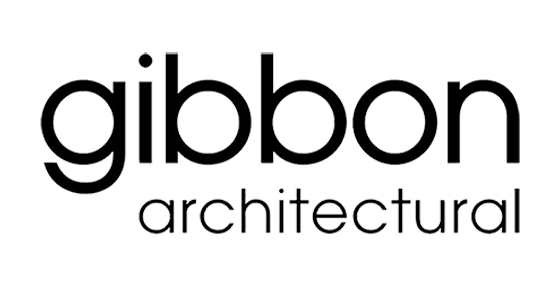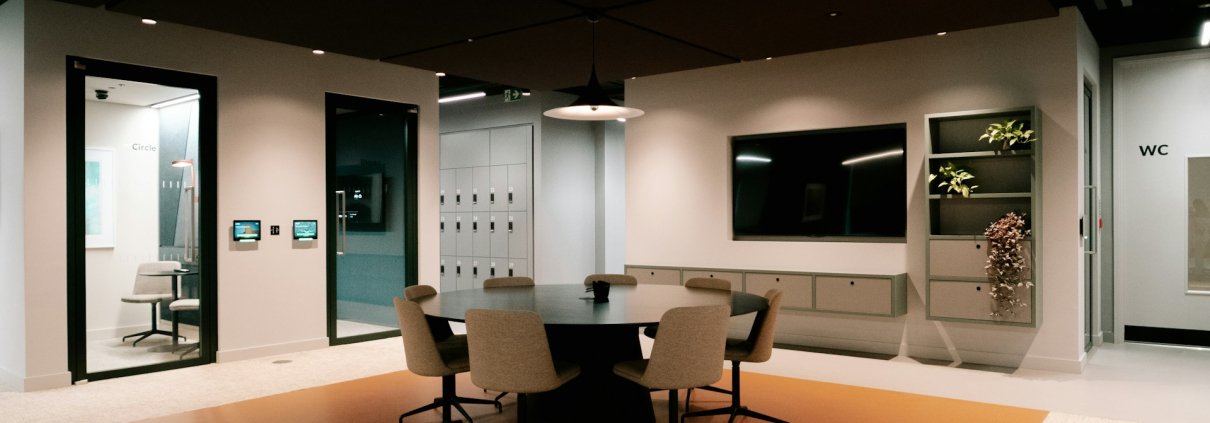How to Choose the Best Carpet for Your Office Space
Choosing the right carpet for your office space is a big decision. The right carpet looks good and affects how your office feels and functions. A variety of factors, like durability, maintenance needs, and design, must be considered to ensure you make the best choice.
Carpets come in many types, with each offering unique benefits. Understanding these types can help you pick the ideal one for your workplace. This guide will help you learn about the different options and what to look for when selecting a carpet. By the end, you’ll know how to choose the best carpet to meet your needs and your office’s budget.
Understanding Different Types of Office Carpets
Explanation of Broadloom Carpet
Broadloom carpet is a popular choice for many offices. It comes in large rolls and is laid out as a continuous sheet over the floor. The absence of seams in broadloom carpet provides a smooth, uniform appearance, which can enhance the aesthetics of a large office space. It’s also versatile, offering various colours and patterns to match different office decor.
Broadloom carpets are known for their comfort and sound insulation. It’s a good choice for areas where noise reduction is important, such as conference rooms or open-office layouts. However, installing a broadloom carpet requires more effort and expertise, especially in cutting and fitting it to the room’s dimensions. This type of carpet is best suited for spaces that need a high-end look with fewer seams visible.
Overview of Carpet Tiles
Carpet tiles are another excellent option for office flooring. They come in individual square pieces that can be easily installed and replaced. This feature makes them a practical choice for high-traffic areas or places where spills and stains are likely. If a section gets damaged, you can replace just that tile instead of redoing the entire floor.
Carpet tiles offer flexibility in design. You can mix and match different tiles to create unique patterns or stick with a uniform look. They are easier to install than broadloom carpets and often require less preparation of the subfloor. Carpet tiles are also a durable and cost-effective option, ideal for most office environments.
Introduction to Custom Handcrafted Rugs
Custom handcrafted rugs add a level of sophistication and personalisation to an office space. These rugs can be designed to fit specific areas, bringing an artistic element and a touch of luxury. Unlike broadloom carpets and tiles, handcrafted rugs are typically smaller and can be moved around easily.
These rugs are made with high-quality materials and craftsmanship, making them a durable yet stylish option. They can be tailored to match your branding or office aesthetics. Handcrafted rugs can also serve as focal points in reception areas or executive offices, offering a distinct and welcoming vibe.
Factors to Consider When Choosing Office Carpets
Durability and Longevity
Durability is a key factor when selecting office carpets. Office spaces typically experience high foot traffic, so the carpet needs to withstand constant use without quickly wearing down. Look for carpets specifically designed for commercial use, as they are often made with more durable materials. Checking the warranty can also give you a sense of how long the carpet is expected to last.
Maintenance and Cleaning Needs
Consider how easy the carpet is to clean and maintain. Office carpets can get dirty fast, with spills, dirt, and dust accumulating over time. Opt for carpets that are stain-resistant and easy to clean. Regular vacuuming should be sufficient for daily maintenance, but periodic professional cleaning may be necessary for more stubborn stains. The easier it is to maintain, the better it fits into a busy office environment.
Budget Constraints
Budget is always a crucial consideration. The cost of the carpet itself is important, but remember to factor in installation and any future maintenance costs. Broadloom carpets might have higher installation costs compared to carpet tiles. However, their seamless look might be worth the investment, depending on your needs. It’s essential to balance quality with cost to get the best value for your money.
Aesthetic and Design Preferences
The look and feel of your office carpet can impact the overall office ambience. Choose colours and patterns that complement your office design and help create the desired atmosphere. Light colours can make a space look larger, while darker shades may hide stains better. Patterned carpets can add visual interest, but if you prefer a more calm environment, solid colours might be the way to go.
Evaluating Carpet Material Options
Pros and Cons of Nylon Carpets
Nylon carpets are one of the most popular choices for office spaces. They are known for their strength and resilience. Nylon fibres can bounce back, making them resistant to crushing and matting, which is a common issue in high-traffic areas. This material is also resistant to stains and easy to clean, which is great for maintaining a professional look over time.
However, nylon carpets can be more expensive than other options. They may also be prone to fading if exposed to direct sunlight frequently. Weighing the advantages and disadvantages will help you decide if nylon is the right material for your office carpet.
Why Choose Wool Carpets?
Wool carpets are a luxury choice known for their natural beauty and durability. Wool is a renewable resource and offers excellent insulation and sound absorption. It is also naturally resistant to stains and dirt, thanks to its unique fibre structure. This makes wool carpets easier to keep clean, enhancing their longevity.
However, wool carpets can be more costly than synthetic options. They may also require more careful maintenance to prevent damage from moths or moisture. If your budget allows, wool carpets can provide a high-end, eco-friendly option for your office.
Innovative Eco-Friendly Carpet Materials
Eco-friendly carpets, which are made from recycled materials or renewable resources, are becoming more popular in office spaces. Examples include carpets made from recycled plastics or natural fibres like bamboo and jute.
These carpets can help reduce your office’s environmental footprint while still providing durability and style. They are often designed to be easy to clean and maintain, helping minimise environmental impact.
Conclusion
Choosing the best carpet for your office space involves carefully considering various factors. From understanding the different types of carpets available to evaluating the material options, it’s important to gather all the information before deciding. Think about durability, maintenance needs, budget, aesthetic preferences, and environmental impact.
Contact commercial carpet suppliers like us at Gibbon Architectural for high-quality carpets and expert guidance. Let us help you find the perfect carpet solution for your office space.




